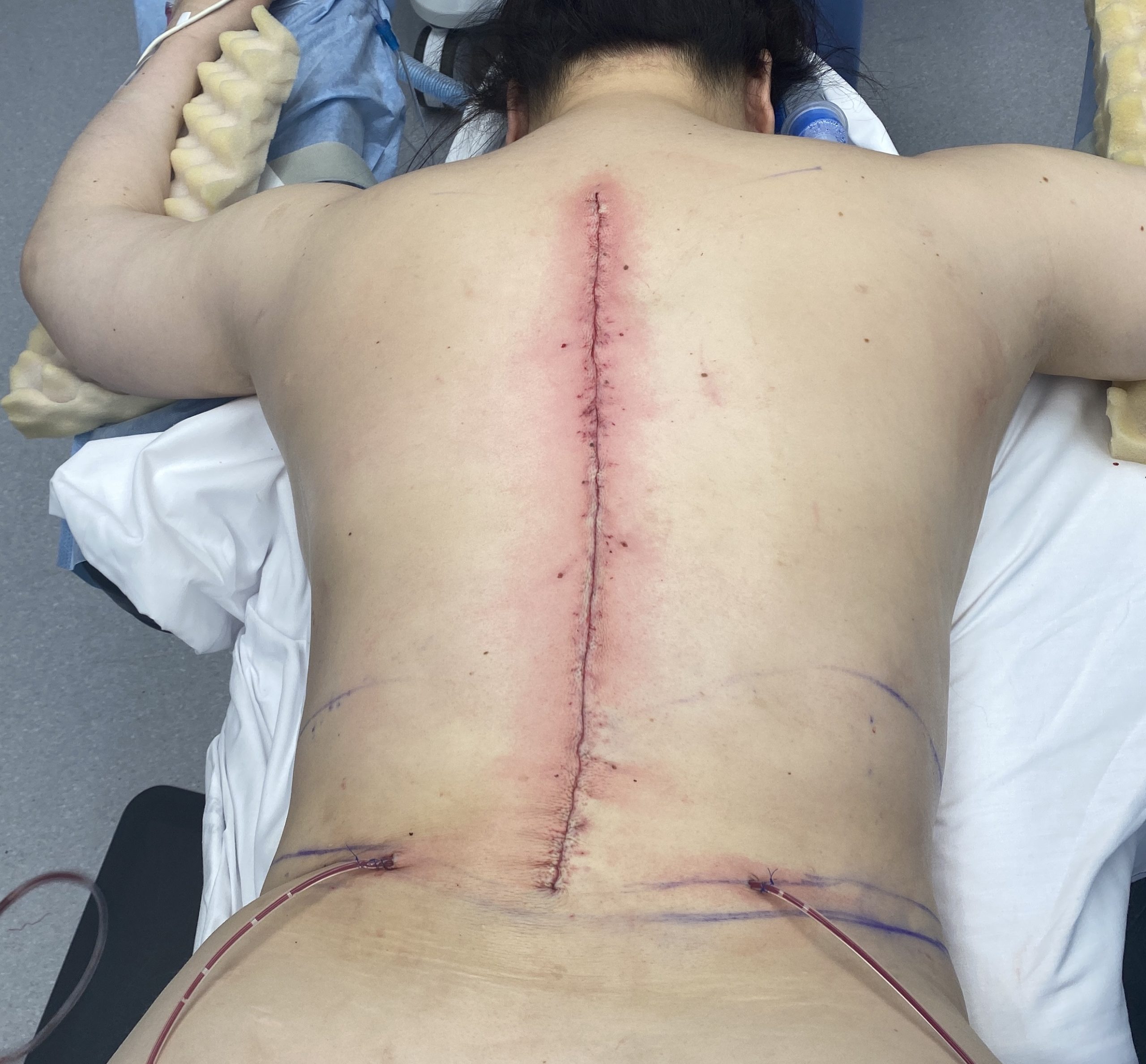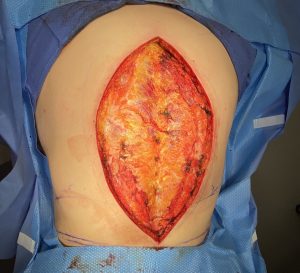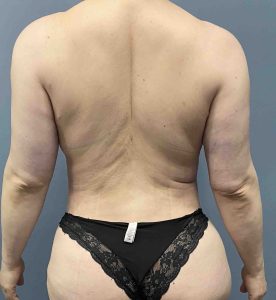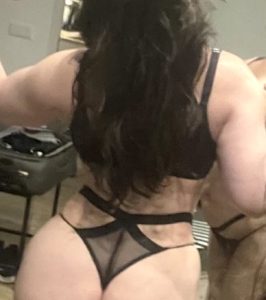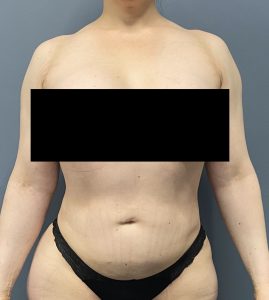Background: Surgical reduction of the shape of the waistline is typically achieved by commonly performed procedures of liposuction and tummy tuck surgeries. But when the results from these procedures are insufficient or there is not enough fat or loose skin to undergo them, the last surgical procedure to consider is rib removal surgery. This is more of an internal or abdominal wall procedure which works by reducing support of the abdominal wall through removal of the outer half of the free floating ribs.
While reduction of the length of the free floating ribs is helpful in narrowing the waistline I have long done more than that to make the operation maximally effective. Laying more lateral than the abdominal wall is the latissimus dorsi muscle (LD), a large flat muscle on the back. From its origins on the lower vertebrae, inferior ribs and the iliac crest as it ascends upward towards its insertion to the arm bone it creates a thick lateral border which does add to waistline width. For this reason and because it is necessary to get past the LD muscle to access the lower three ribs I have always performed a wedge removal of muscle to help the waistline narrow as much as possible. The limiting factor in the amount of muscle removed is the small size of the back incision.
There is an alternative incisional approach to rib removal surgery whose origins comes from the need to remove another barrier to waistline reduction…excess or loose back skin. Usually caused by weight loss this excess skin prevents the desired inward retraction of skin at the waistline necessary to see the effects of what was removed underneath it. This creates the opportunity to incorporate weight loss body contouring procedures with rib removal in a combined procedure.
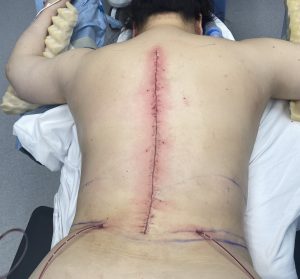
A vertical back skin reduction was initially performed through a large elliptical excision pattern. Through this large open approach ribs 11 and 12 were removed as well as large long strips of the LD muscle from its lateral border. The vertical midline closure pulls in the sides of the waistline with a resultant midline back incisional closure.


Case Highlights:
1) Rib removal for waistline narrowing works by reducing the lateral support of the abdominal musculature.
2) The latissimus dorsi muscle also adds support to the waistline through its thick lateral border.
3) The vertical backlift provides the ability to maximize reduction of the lateral border of the latissimus dorsi muscle as well as perform rib removals.
Dr. Barry Eppley
World-Renowned Plastic Surgeon

